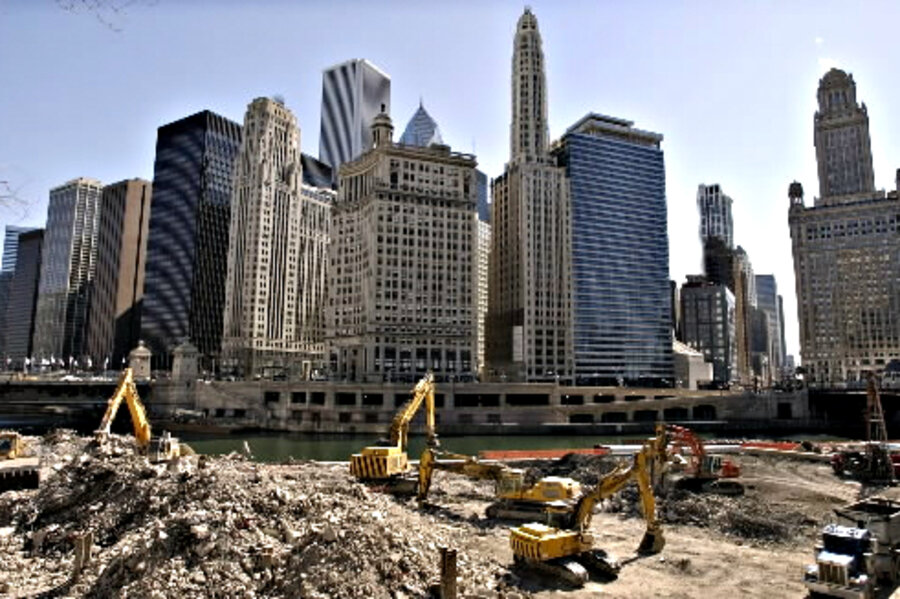As the second tallest building in North America, the Trump International Hotel & Tower in Chicago stands at 1,389 feet.
Named after real estate mogul Donald Trump, construction of the concrete hotel was completed in 2009. When designs for the building were initially proposed in 2001, Trump announced that the skyscraper would become the tallest building in the world, but after the Sept. 11 attacks, plans for the building were scaled back, and the design underwent several revisions.
The 92-story building has 2,600,000 square feet and houses 486 luxury residential condominiums, which include studio apartments and a mixture of suites with one to four bedrooms and five-bedroom penthouses. By the time of its completion, the building surpassed the record for containing the world’s highest residence above ground-level, which had since 1969 been held by the nearby John Hancock Center.
Before it’s completion, the construction site for the tower served as the locale for the final confrontation scene between Batman and The Joker in the 2008 film, "The Dark Knight."







